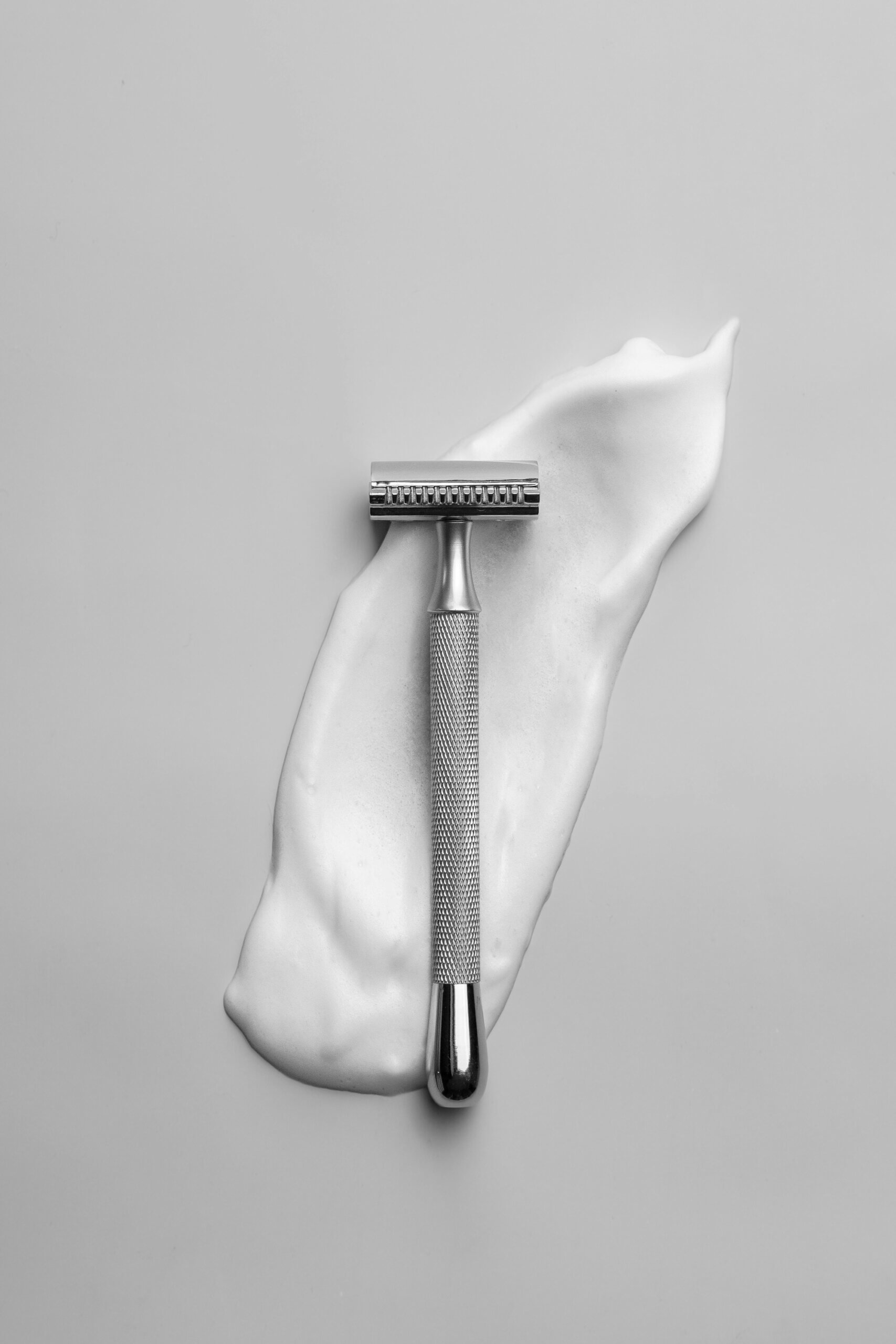Today I’d like to talk about a topic that’s very close to my heart: microplastics. In a world where plastic production continues to rise, avoiding microplastics in the bathroom has never been more important. Every year, millions of tonnes of plastic waste are produced worldwide – with devastating consequences for our oceans and the creatures that inhabit them. These tiny particles, often smaller than five millimetres, enter the environment in many ways and cause significant harm.
The danger of microplastics
Microplastics find their way into our environment through various routes and have a serious impact on wildlife. These tiny particles are often ingested by marine animals such as fish, crabs and mussels. Consuming microplastics can cause severe health problems and can even work its way up the food chain to humans.
How microplastics get into our rivers, lakes and oceans
Microplastics enter waterways in many different ways – often directly through our everyday lives.
Abrasion from tyres and road surfaces: Every time we brake or drive, tiny particles are released from tyres and road surfaces. These end up in sewers via rainwater and eventually reach rivers and oceans.
Wastewater and sewage treatment plants: Microplastics are also washed into rivers and seas through wastewater – for example, when washing synthetic clothes, rinsing off cosmetics or using cleaning agents that contain microplastics. As sewage treatment plants can’t filter all of these particles, a large amount still reaches the environment.
Agricultural runoff: Artificial fertilisers and pesticides containing microplastics can enter the soil and ultimately flow into rivers and lakes.
Littering: Carelessly discarded plastic waste is carried into waterways by wind and rain. Over time, this waste breaks down into microplastics, which then spread through the environment.
Three quarters of all marine litter consists of plastic – an estimated 4.8 – 12.7 million tonnes enter the oceans every year. This growing problem costs tens of thousands of animals their lives annually, as plastic can take hundreds or even thousands of years to fully decompose. [1]



Effects on marine life
Health problems: Microplastics can contain toxic chemicals. When animals ingest these particles, it can lead to severe health issues, including reduced fertility.
Stomach blockage: Many sea creatures mistake microplastics for food, causing blockages that prevent nutrient absorption and can even lead to death.
Ecosystem disruption: Microplastics disturb the natural balance of ecosystems by polluting marine habitats and threatening biodiversity.
Effects on humans
Health risks: As microplastics make their way up the food chain, they can also end up in our bodies. The long-term health effects are still being researched, but early studies suggest potential risks to human health.

10 tips for a plastic-free bathroom
Here are ten simple yet effective tips to make your bathroom more sustainable:
1. Compostable cotton buds: Choose 100% natural cotton buds made from bamboo and cotton to avoid microplastics in conventional versions. They can be safely disposed of in organic waste. Alternatively, reusable cosmetic sticks are a great option – perfect for make-up touch-ups or as ear cleaners. The silicone tips are easy to wash and reuse.
2. Plastic-free make-up remover pads: Switch to washable cosmetic pads to cut down on both plastic and microplastic waste. Conventional cotton pads often contain synthetic fibres. The reusable ones can be washed at up to 60 °C and are clean again in no time.
3. Towels made from organic cotton: Every wash of synthetic fabrics releases microplastics. By choosing towels made from organic cotton, you can help prevent plastic fibres from entering waterways.
4. Plastic-free shower gel and shampoo bar: Avoid microplastics by choosing natural alternatives such as RINGANA body wash and shampoo. Both are made from high-quality, plant-based ingredients and come in eco-friendly refillable bottles. This way, you can enjoy gentle, effective cleansing while reducing plastic waste in your bathroom.
5. Bamboo toothbrushes: Make a statement against microplastics and plastic waste with eco-friendly bamboo toothbrushes. Versions with charcoal-infused bristles are not only plastic-free but also biodegradable and compostable.
“
What we do today determines what the world will look like tomorrow.
Marie von Ebner-Eschenbach
6. Natural dental floss: Traditional dental floss is usually made from nylon and packaged in plastic. More sustainable options include silk floss (wax-coated and stored in glass), vegan floss made from castor oil fibres, or compostable floss made from corn starch in refillable glass containers.
7. Plastic-free shaving: Disposable razors create huge amounts of waste. A reusable safety razor is a much more sustainable option – durable, effective and with inexpensive replacement blades.
8. Plastic-free deodorant: Instead of sprays or roll-ons in plastic packaging, choose solid deodorants or creams in glass or metal tins. They’re just as effective, last longer and reduce your plastic footprint.
9. Sustainable period products: Tampons and pads are often made with plastic. Reusable pads, panty liners, menstrual cups and even period underwear are eco-friendly, cost-effective alternatives that can be washed and reused many times.
10. Think bigger in the restroom: Toilet paper is often wrapped in plastic. If you can’t find unpackaged options locally, consider buying in bulk to reduce waste – and reuse the cardboard packaging as bin liners. Look for recycled paper wherever possible. For those who want to go fully plastic-free, a handheld bidet can be a hygienic and sustainable alternative.
It’s time to actively reduce not just plastic but also microplastics. Every small change makes a difference. By making your bathroom plastic-free, you’re helping to protect our oceans and ensure that our planet remains a healthy home – for us and for generations to come.
Sources:
1 WWF Germany (2023): No sea can swallow this anymore: Our oceans are sinking in plastic waste; (https://www.wwf.de/themen-projekte/plastik/plastikmuell-im-meer )




